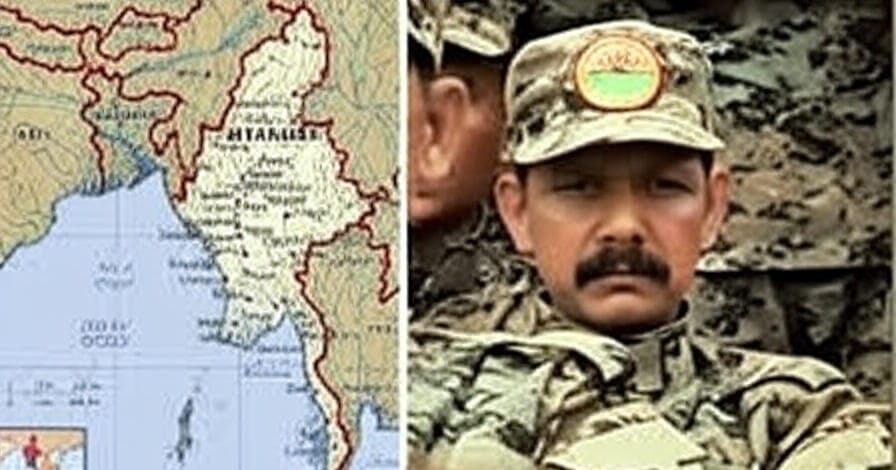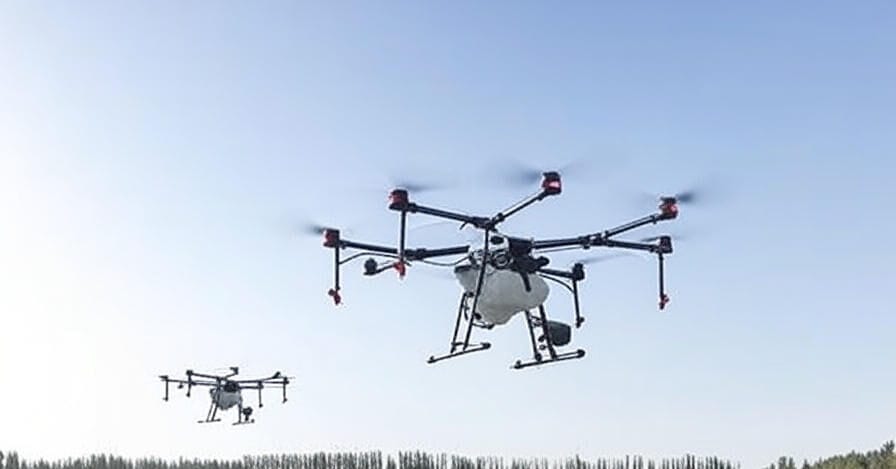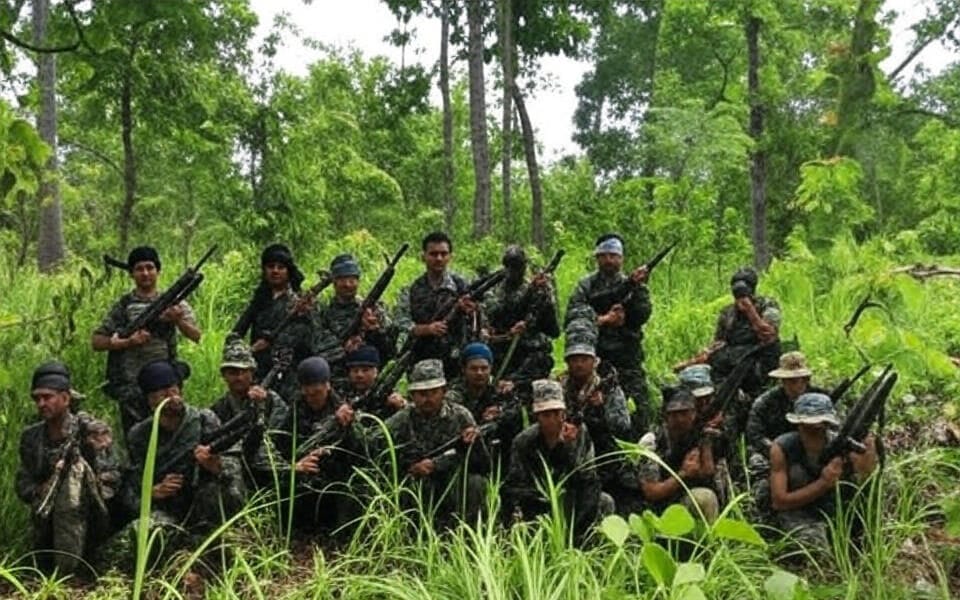
July 13, 2025
On July 13, 2025, unverified reports emerged on X, alleging that the Indian Army conducted drone strikes targeting insurgent camps of the United Liberation Front of Asom-Independent (ULFA-I) and the National Communist Committee of Nagaland-Khaplang (NSCN-K) in Myanmars Sagaing locale. These claims, suggesting the elimination of top commanders, have garnered attention but lack official confirmation. The Indian Army has denied involvement, raising doubts about the reports’ credibility. This article examines the allegations, their historical context, geopolitical implications, and challenges in verification.
What We Know
Posts on X and regional media claim the Indian Army deployed over 100 drones in a pre-dawn operation targeting ULFA-I’s 779 Camp at Waktham Basti and Eastern Command Headquarters at Hoyat Basti in Myanmar’s Naga Self-Administered Zone. Unverified reports state that ULFA-I commander Nayan Medhi, alias Nayan Asom, was killed, with a subsequent missile attack during his funeral allegedly killing Brigadier Ganesh Asom and Colonel Pradip Asom, injuring others, including civilians.
ULFA-I claimed the strikes, involving 150 drones of Israeli and French origin, occurred between 2 AM and 4 AM, killing 19 cadres and injuring 19, with Manipuri groups like the Revolutionary People’s Front also affected. NSCN-K positions were reportedly hit, though casualty details are unclear. ULFA-I alleged coordination with Myanmar’s military, the Tatmadaw, but no evidence supports this.
The Indian Army, through Lieutenant Colonel Mahendra Rawat, denied the operation, stating, “There are no inputs with the Indian Army on such an operation.” The lack of confirmation from India or Myanmar, coupled with no photographic or video evidence, renders these claims speculative.
India’s Cross-Border Operations

The India-Myanmar border has long been a hub for insurgent activity, with ULFA-I and NSCN-K exploiting its porous nature.ULFA-I, driven by Paresh Baruah, rejects peace talks without talking about Assam’s sway, keeping up 200 250 activists in Myanmar. NSCN-K has been a security challenge since finishing a ceasefire in 2015.
India has conducted cross-border operations before. In 2015, Operation Hot Pursuit targeted NSCN-K and KYKL camps after an ambush killed 18 Indian soldiers. Conducted with Myanmar’s knowledge, it reportedly killed 38 to 100 insurgents, though Myanmar and NSCN-K disputed this. In 2019, India and Myanmar jointly targeted groups like the Arakan Army and NSCN-K to secure the Kaladan Project, using ground forces, helicopters, and drones, but not airstrikes.
The current allegations suggest a shift to large-scale drone warfare, indicating advanced technological capability. However, the Indian Army’s denial and lack of evidence urge caution.
Geopolitical Implications

The reports raise questions about India’s counter-insurgency strategy and relations with Myanmar. Sagaing, a safe haven for insurgents, is central to Myanmar’s civil conflict, where the Tatmadaw battles ethnic armed groups. Alleged strikes, if confirmed, could strain India-Myanmar ties, especially if civilians were harmed, as ULFA-I claims. One X post alleged civilian deaths, including children, but lacks evidence.
Claims of Chinese-backed groups add complexity. ULFA-I and NSCN-K have reportedly received support from Myanmar actors and, allegedly, China, fueling narratives of India countering foreign influence. Unverified reports risk escalating tensions and misinformation.
India’s interface in Myanmar, counting the Kaladan Extend and countering Chinese impact, make one-sided activities delicate. Affirmed ramble strikes may complicate India’s territorial standing on the off chance that is seen as damaging Myanmar’s sway.
Challenges in Verification
Verifying the strikes is difficult due to reliance on ULFA-I’s statements and unverified media reports from sources like Organiser and India Today NE. No independent evidence, such as imagery, supports the claims. The Indian Army’s denial and Myanmar’s silence suggest the operation was either covert or misreported.
A comparable unconfirmed claim in January 2024, charging Indian ramble assaults on ULFA-I camps, was moreover denied.This pattern highlights the challenge of distinguishing propaganda from fact in conflict zones, amplified by social media.
Conclusion
The alleged Indian drone strikes in Myanmar remain unconfirmed. While ULFA-I and media reports claim a significant operation, the Indian Army’s denial and lack of evidence suggest skepticism. Historical operations lend plausibility, but without verification, the claims are speculative. The situation underscores the complexities of counter-insurgency, misinformation, and geopolitics in a volatile region. Stakeholders must prioritize accurate reporting and diplomacy to address cross-border insurgency and maintain regional stability. Future developments, including potential Myanmar statements, will be key to clarifying the truth.
Sources: Information from X posts and regional media, including Organiser, India Today NE, and The Hindu. All claims remain unverified as of July 13, 2025.





